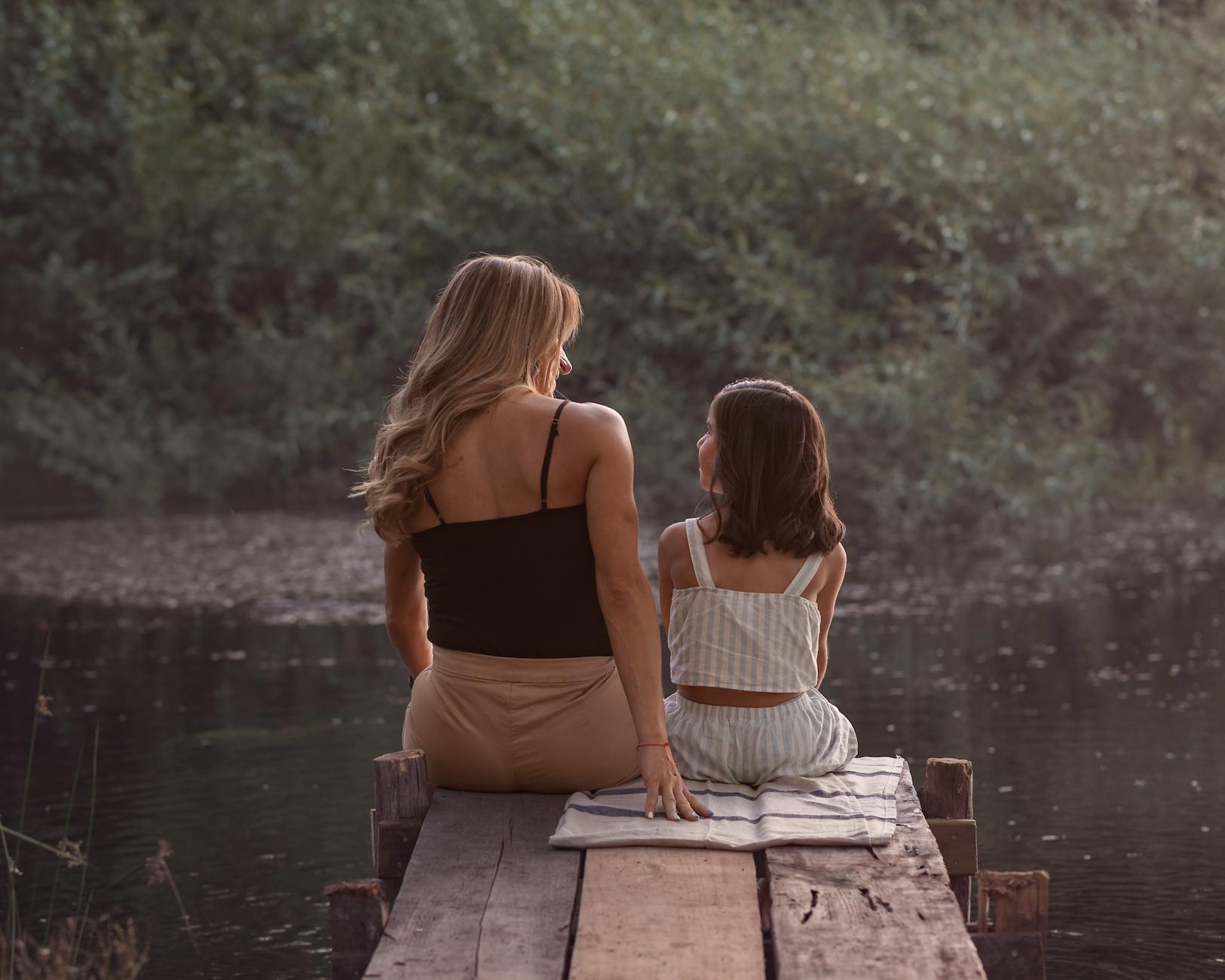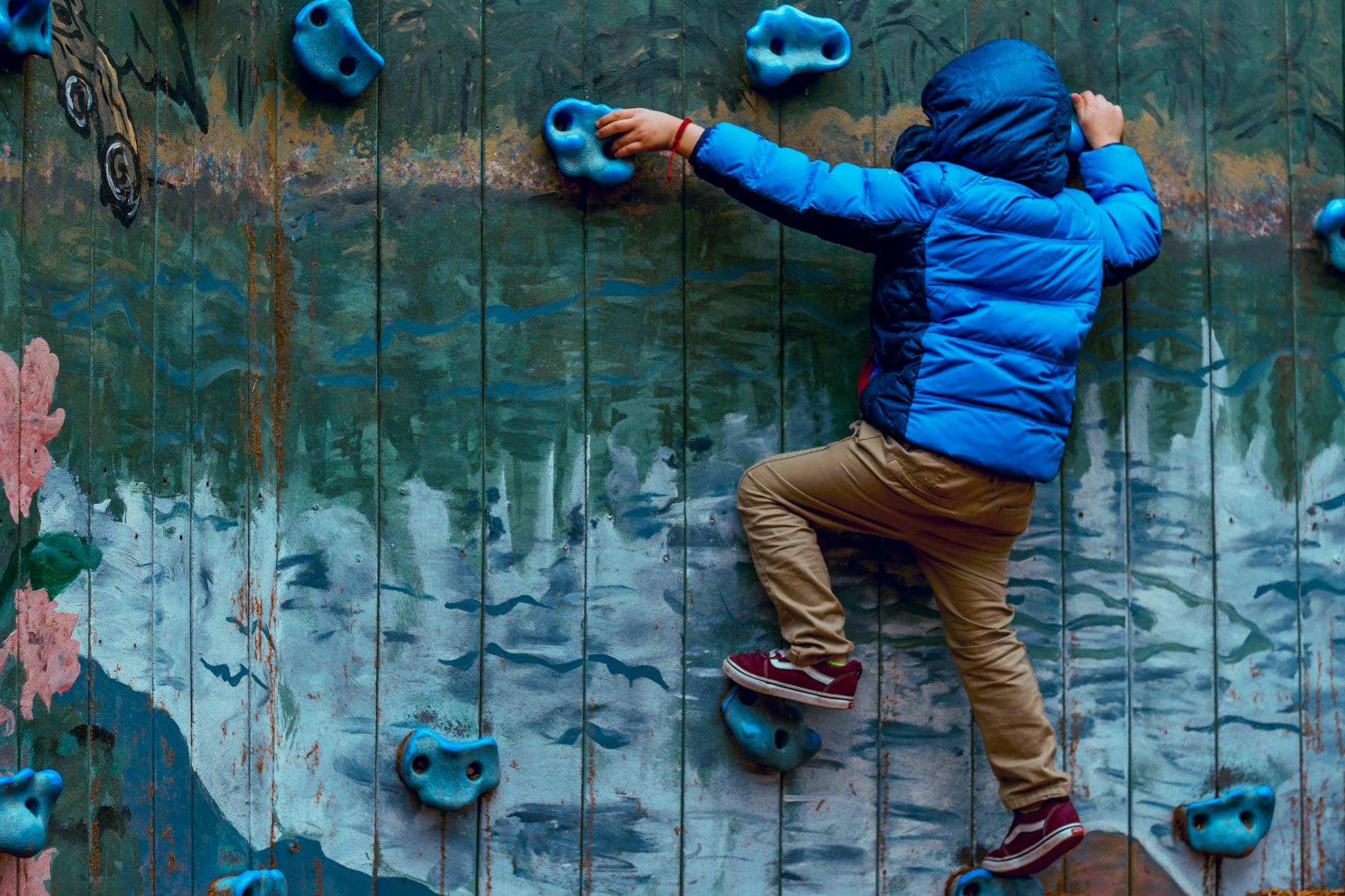Joint attention is a crucial developmental skill that involves two people sharing focus on the same object, event, or activity. Here are some examples of joint attention:
Examples of Joint Attention
Pointing and Sharing
One of the most common examples of joint attention is when a child points to something interesting and looks back at their caregiver to share the experience[1]. For instance:
- A child sees an airplane in the sky, points to it, and says “Look!” to share what they see with others[2].
- A child notices a dog in the park, points towards it, then looks back and forth between their sibling and the dog[2].
Reading Together
Reading is an excellent opportunity for joint attention:
- A caregiver reads a book with a young child. The child points to a picture on the page and turns their gaze to the caregiver. The caregiver responds by labelling the picture[2].
Shared Play
Play activities often involve joint attention:
- A parent and child build with blocks together. The parent points to a block while saying “block” as they build[4].
- A child and caregiver roll a ball back and forth, with the child looking at the ball and then at the caregiver to indicate they want the ball rolled back[4].
Daily Activities
Joint attention can occur during everyday routines:
- During snack time, a caregiver holds up two snack options at eye level and asks the child to choose. The child glances at their preferred option, sharing their focus with the caregiver[2].
Natural Environment
Opportunities for joint attention exist in various settings:
- While on a walk, a parent looks upward and points, saying “bird!” when they hear a bird chirping[4].
- A teacher points to her desk and says to a child, “Look at that big apple.” The child follows the teacher’s gaze and sees the apple[6].
Social Games
Simple social games can encourage joint attention:
- Playing peek-a-boo, where the child anticipates and responds to the caregiver’s actions[4].
- A baby smiling in response to their parent’s smiles and silly faces[3].
These examples demonstrate how joint attention involves sharing experiences, coordinating attention between people and objects, and using gestures, eye contact, and verbal cues to communicate shared interest. Developing this skill is crucial for social interaction, language development, and overall cognitive growth in children.
Citations:
[1] https://www.hanen.org/Helpful-Info/Articles/Paying-Attention-to-Childrens-Joint-Attention.aspx
[2] https://vcuautismcenter.org/documents/Fact_Sheet_1_Joint_Attention.pdf
[3] https://bluebirddayprogram.com/joint-attention-what-is-it-and-how-can-we-help-our-children-develop-it/
[4] https://therapyworks.com/blog/language-development/improving-joint-attention-children-autism/
[5] https://therapiesforkids.com.au/blog/joint-attention/
[6] https://www.med.unc.edu/healthsciences/asap/materials-1/about-joint-attention/












